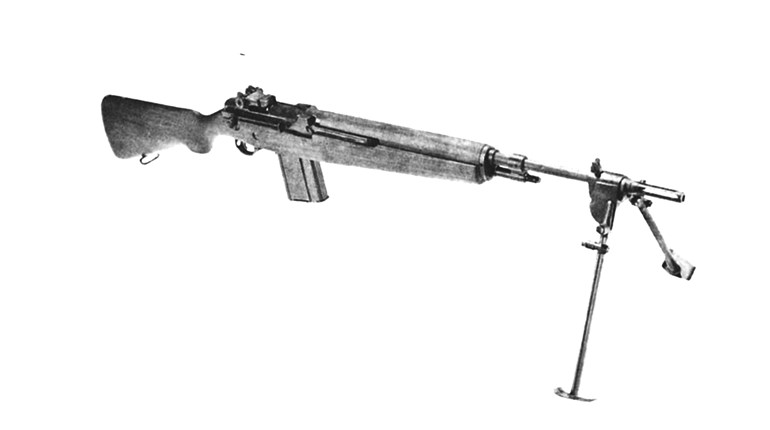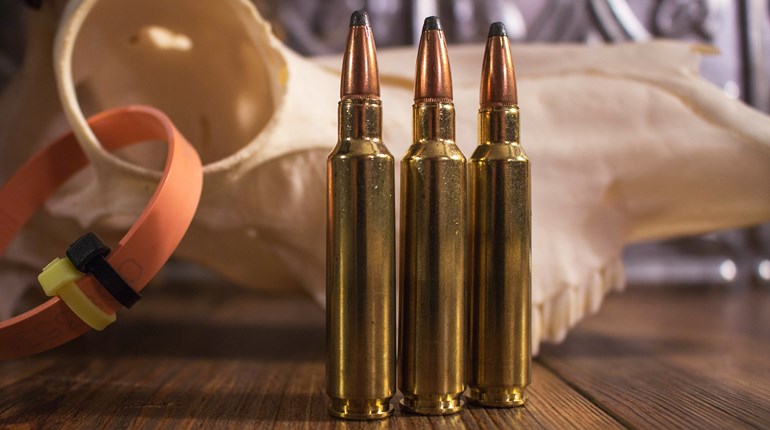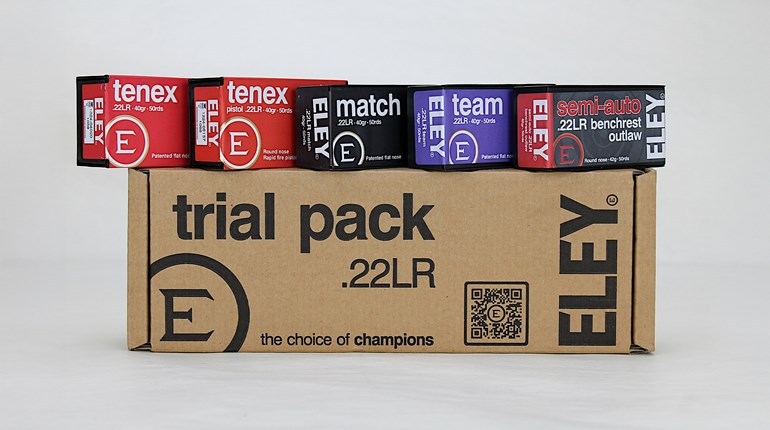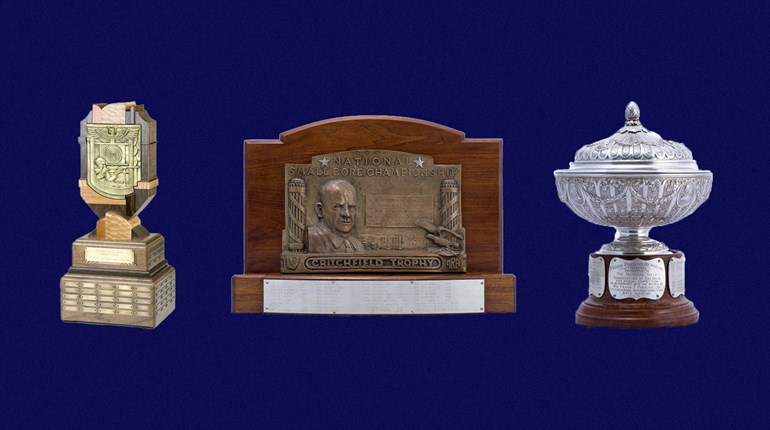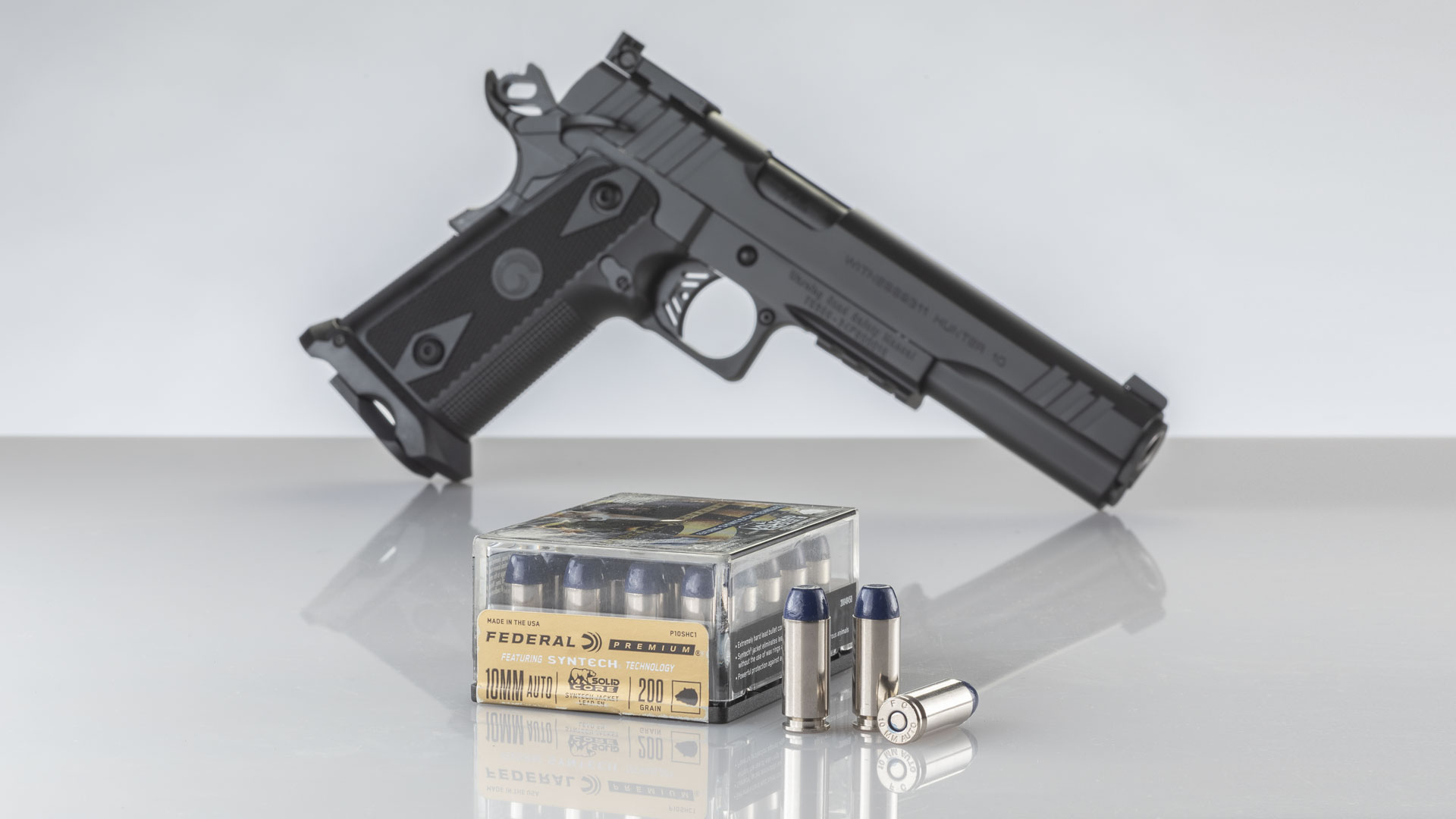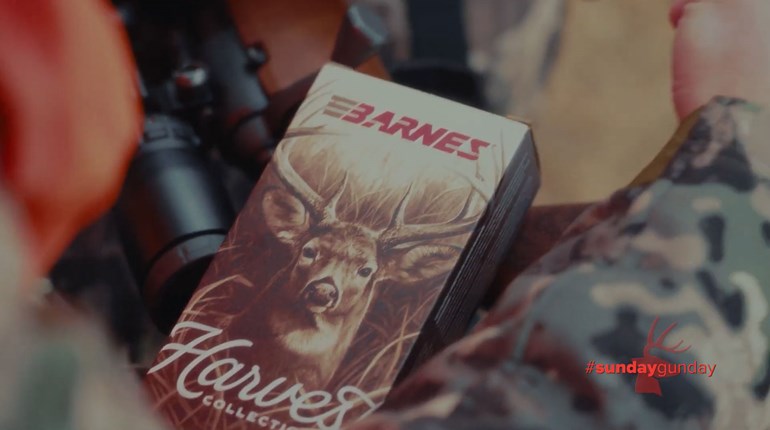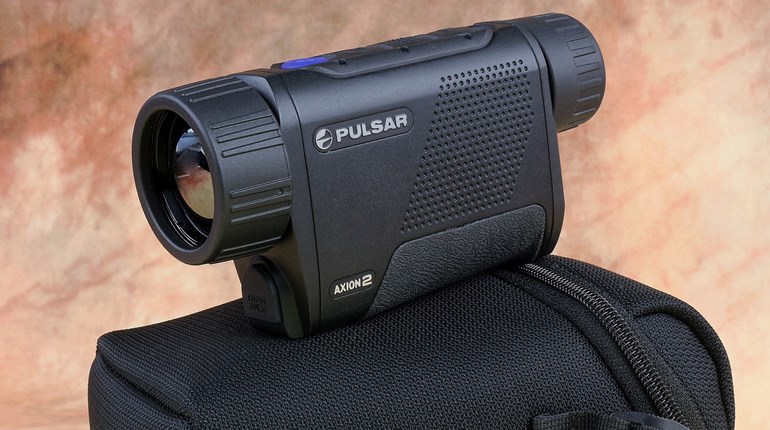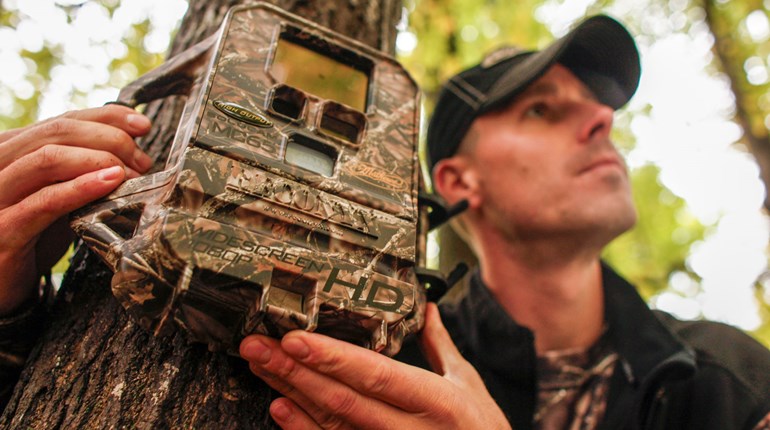
We had stalked the eland herd for hours, until they left the security of the thicker portion of the concession for the open plain. We’d then leopard-crawled from termite mound to termite mound, keeping the bull with the wonderfully long horns and dark ruff in sight. “We’re out of cover. Can you lean into that termite mound to make the shot?” We estimated the distance, debating between 380 and 400 yards. I voted 400, settled behind the trigger of the Winchester Model 70, holding for the appropriate drop and wind deflection. The sound of the Swift A-Frame bullet smashing the shoulder bone came back on the wind, leaving that big bull unable to follow the herd, and a second shot sorted him out for good. The classic .375 H&H Magnum had just earned a position of respect for life in my book.

Released in 1912 by London’s Holland & Holland, the .375 H&H Belted Magnum would go on to become what I consider to be the most useful cartridge ever designed. Using a 2.85-inch case and an overall length of 3.600 inches, the slight 15-degree shoulder allows for very smooth feeding. For headspacing, Holland & Holland used a belt of brass just above the extractor groove, acting much as a rim, but without the problems associated with feeding a rimmed cartridge from a box magazine. Three loads were offered initially: a 235-grain bullet at 2800 fps, a 270-grain bullet at 2650 fps and (the most popular) a 300-grain bullet at 2500 fps.
It was considered a medium bore by the British, but gained popularity in East Africa after the conclusion of the First World War Competing against the .318 Westley Richards, .333 Jeffery, .350 Rigby Magnum and the continental 9.3x62 Mauser, the three-seven-five would be picked up by American rifle and ammunition makers—the pre-’64 Winchester in .375 H&H is an American classic—and that would play a pivotal role in the survival of the cartridge. You see, after the Second World War, supplies of ammunition for the majority of the British safari rifles dried up, basically leaving the .375 H&H and the .458 Winchester Magnum as the major players in the safari industry for the late 1950s, ‘60s, ‘70s and the majority of the ‘80s.

The beauty of the .375 H&H Magnum is that while it may not be perfect for anything (though I feel it’s perfect for lion, eland and brown bear) it is suitable for everything, including elephant. It is powerful enough to penetrate the thickest hide and bone—especially with the incredible bullets developed over the last thirty years—yet easy enough on the shoulder that nearly any shooter can learn to use the cartridge effectively. My wife shoots a Legendary Arms Works Big Five rifle in .375 H&H, using full-house load with no muzzle brake, and I wouldn’t want to be within 250 yards of her with a steady rest.
Is the .375 the penultimate stopping rifle? I think there might be better choices for that role, but with the modern Norma load, featuring the 350-grain Woodleigh softs and solids at 2300 fps, the .375’s versatility is extended. And versatility is what the .375 Holland & Holland is all about. It is perfectly suited to any and all plains game, as well as deer, bear, elk and moose here in the States. You might see a visible difference in performance on Cape buffalo and elephant when comparing it to the .416s, .404, .458s and .470, but even decades ago when bullets were not what we have today the .375 took an exorbitant amount of game animals. Harry Manners, Wally Johnson, John ‘Pondoro’ Taylor, Harry Selby and many other professional hunters sang the praises of the cartridge; long story short, the .375 H&H remains a staple in the safari industry, and you can find ammunition in nearly every camp you'll stay in.

While the .375 H&H wears the crown for the bore diameter, there have been challengers. The .375 Weatherby Magnum and its big brother, the .378 Weatherby, offer an increase in velocity (500 fps for the big .378!) as does the .375 Remington Ultra Magnum, but the greatest threat came along in 2007, with Hornady’s development of the .375 Ruger. Using the same 0.532-inch diameter rim diameter as the .375 H&H (a common diameter for ‘magnum’ cartridges, and affordable to produce) and an overall length of 3.340 inches (the same as the .30-06 Springfield) so as to fit perfectly in the common long-action receiver, the beltless Ruger made all sorts of sense. Housed in the affordable Ruger Hawkeye African and Alaskan rifles, the .375 Ruger bettered the velocities of the .375 H&H by 50 to 150 fps, depending on brand. Using the 30-degree shoulder for headspacing, the .375 Ruger avoids the common case stretching above the belt as the .375 H&H can exhibit, and being housed in a cheaper rifle, it put the capability of the H&H design in a shooter’s hands at a lower cost.

Does the .375 Ruger have what it takes to unseat the .375 H&H Magnum? Is it worthwhile for the shooter looking for a .375 to choose the Ruger over the older and timeless .375 H&H? Well, ballistically, I don’t there is a whole lot of difference between the two, even though the Ruger claims the velocity advantage. The short barrel of the Ruger Hawkeye rifles will see a slight drop in velocity, and in my experience the two cartridges tend to have equal velocities, or a difference which is insignificant in the decision making process. I like the design of the Ruger case—which has gone on to sire the Ruger Compact Magnums and PRC cases—but the ammunition choices are limited. Hornady is the predominant choice, and their stuff is great; they offer the 250-grain GMX in the Outfitter line, the 270-grain InterLock and the 300-grain DGS solid and DGX Bonded softpoint in the Dangerous Game line. While this covers almost all the bases, there are few other readily available choices. Compare that to the wide selection of choices available for the .375 H&H Magnum—which is still the most popular of the safari cartridges—and you’ll watch the see-saw drop in favor of the older cartridge.

If you like the .375 Ruger, and the rifles it is available in, go for it. Hornady keeps the shelves stocked well, and there are companies like Choice Ammunition which can open the doors to different projectiles choices. But if you want one cartridge for all of Africa, as well as being well-suited for a number of North American hunts, the best choice is the .375 H&H Belted Magnum, and probably will be for the next century. Yes, it requires a magnum-length receiver and yes, it has that belt which some guys love to hate, but it’s wonderfully accurate, carries plenty of striking power (over 4,000 ft.-lbs. at the muzzle with the 300-grain loads) and has been universally accepted as the benchmark in the big-game hunting community. While I love the .404 Jeffery and .470 NE, there is always room in my safe for a good .375 H&H.
Looking for previous installments of our "Head to Head" series? Click here.












